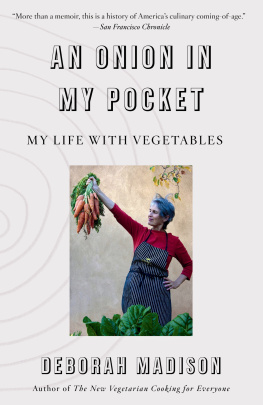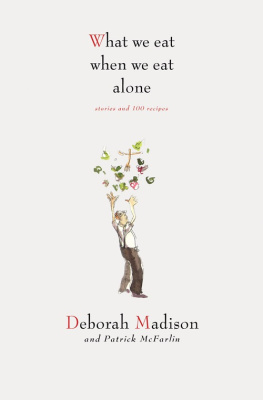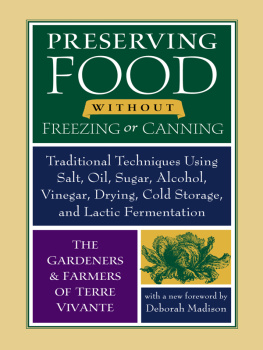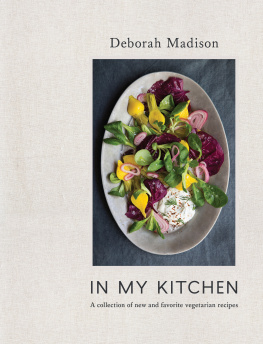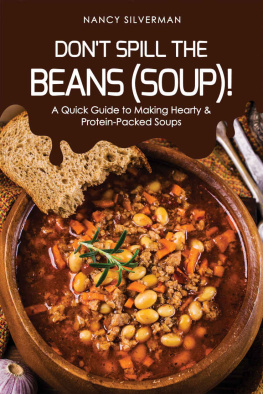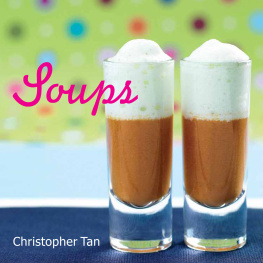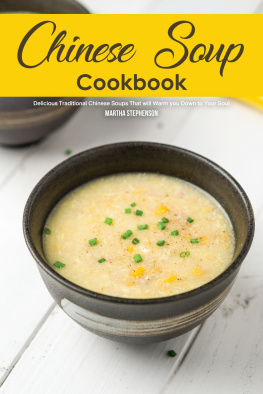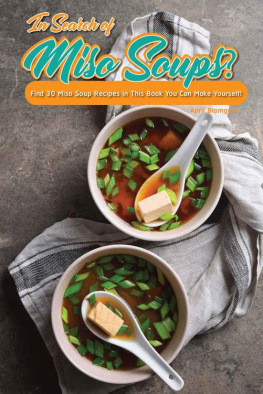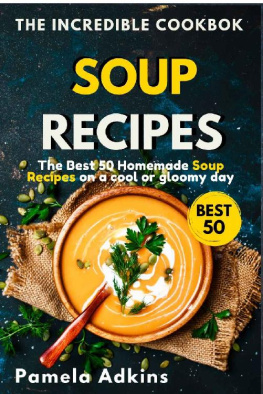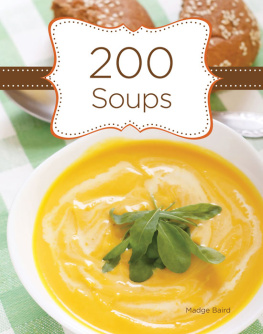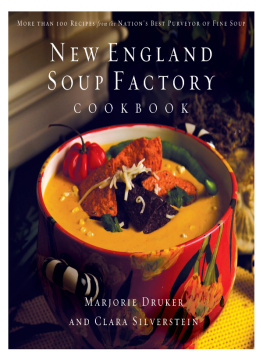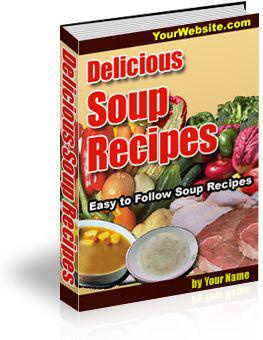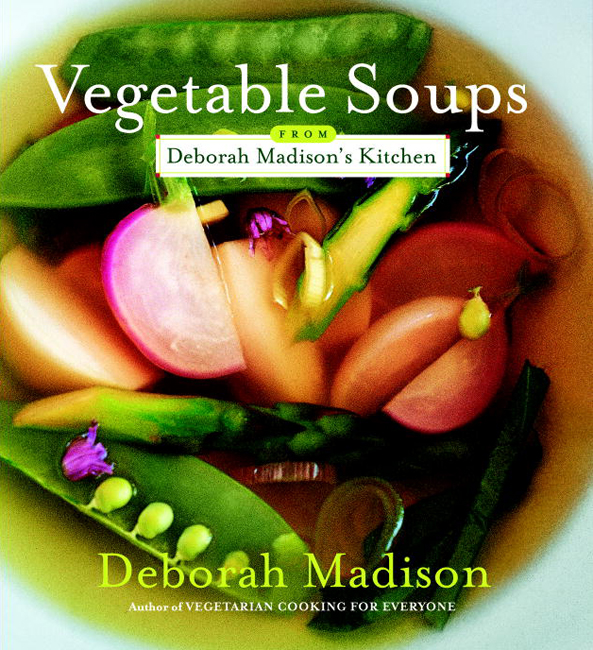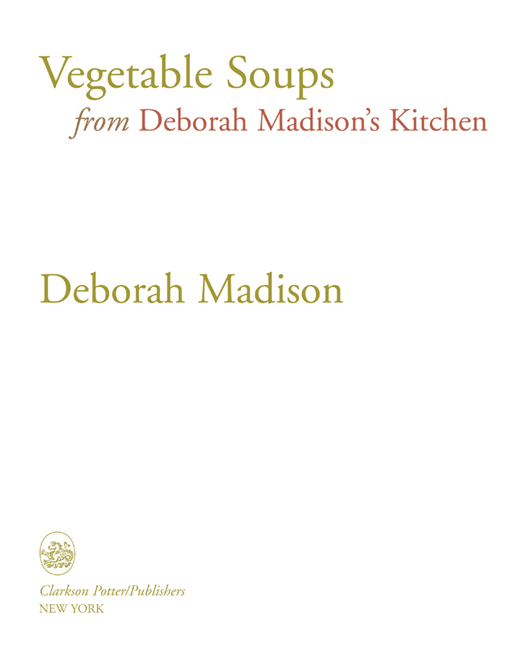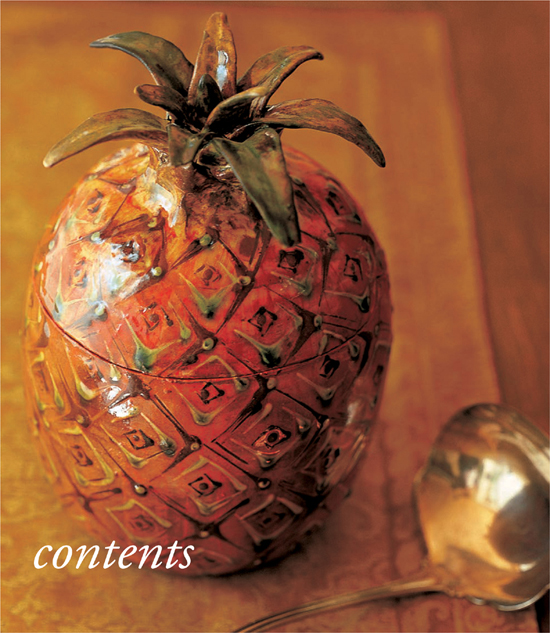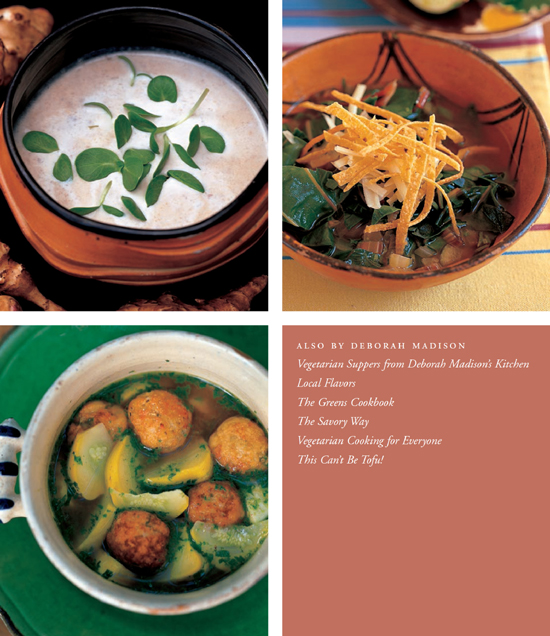
VEGETABLE SOUPS FROM DEBORAH MADISONS KITCHEN. Copyright 2006 by Deborah Madison. All rights reserved.
Published in the United States by Clarkson Potter/Publishers, an imprint of the Crown Publishing Group, a division of Random House, Inc., New York. Previously published by Broadway Books, an imprint of the Crown Publishing Group, a division of Random House, Inc., in 2006.
CLARKSON POTTER is a trademark and POTTER with colophon is a registered trademark of Random House, Inc.
www.crownpublishing.com
www.clarksonpotter.com
Book design by Elizabeth Rendfleisch
Photographs by Laurie Smith
Library of Congress Cataloging-in-Publication Data
Madison, Deborah.
Vegetable soups from Deborah Madisons kitchen / Deborah Madison.1st ed.
p. cm.
Includes index.
1. Soups. 2. Vegetable soup. 3. Vegetarian cookery. I. Title.
TX757.M33 2005
641.813dc22
2005047050
eISBN: 978-0-307-95619-4
v3.1

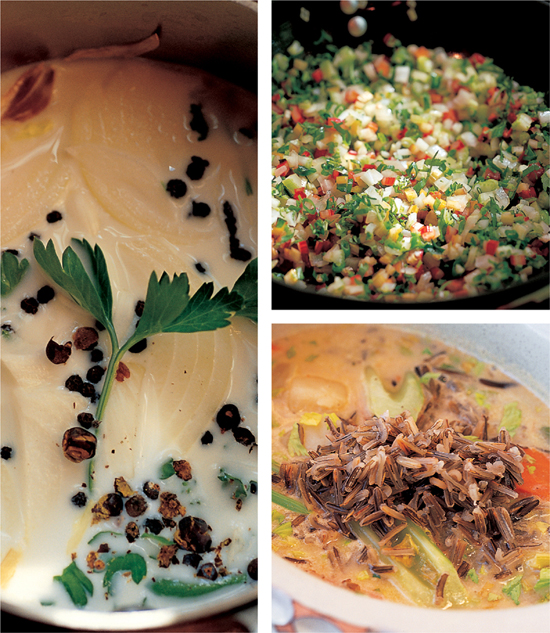

Cooking is never a solitary endeavor, even when were alone in our kitchens.
Id like to acknowledge those who helped me create this collection of soups, starting with other cooks and writers whose ideas and approaches have, over many years, inspired my own recipes. There are a lot of you who have lived long on my library shelf, and I thank you all, but in particular writers Anne Bianchi, James Peterson, Kitty Morse, Lynn Rossetto Kaspar, Najmieh Batmanglij, Yamuna Devi, Rosita Arvigo, and Nadine Epstein for recipes that provided particular inspiration. I also want to thank Greg OByrne for his always good guidance in matters pertaining to wine.
Im also grateful for the opportunity to have met a number of home cooks from farm-stays in Italy who have cooked their traditional soups and shared their techniques. They instilled in me the value and beauty of a well-crafted soup and the pleasure it brings to the human soul.
As always, I am indebted to my husband Patricks seemingly endless patience with eating through the creative process book by book, especially soups, a food he has never been very fond of. Im happy to report that he is much better disposed toward this liquid food, so once again, Patrick, my deepest appreciation.
Food has to go into something, and Ive been fortunate to have at my disposal, through the generosity of Judith Espinar, all the beautiful dishes and linens of The Clay Angel. Big bowls of thanks to Judith for her passion and her eye and of course to Linda Troynak, Lisa Kohl, and Denise Jones for graciously helping me once more to choose, wrap, and rewrap countless fragile items. In addition to the folk art ceramics from The Clay Angel, I was thrilled to add the extraordinary contemporary ceramics you see on these pages. Ceramist Vicki Snyder inspired this new direction, and I thank her for sharing her excitement along with her collection of modern ceramics and her own exquisite works.
Of course, these recipes would not have come so compellingly alive without Laurie Smiths beautiful photographs and the ever-expert help of Annie Slocum and Kathi Long, who made the intense days of shooting run smoothly and well. I know that Im speaking for all of us when I express my deep thanks to my neighbors, David and Vicki Snyder, for making their large summer garden available. Not only did we cook from their garden, but in between shots Laurie drifted out among the squash leaves, tomato vines, and flowers with her camera, photographing the raw material itself. My thanks to those two beautiful girls who were willing to sip soup for the camera, my neighbors Kylie and Frances OByrne.
Last, I wish to thank the all-important urban crew that dwells far from gardens and kilns but makes books such as this possiblemy agent, Doe Coover; editor, Jennifer Josephy; publisher, Stephen Rubin; and all those who work hard to make ideas and manuscripts into those realities known as books.
INTRODUCTION
I n many ways this has been the most enjoyable of all my books to write, because so many people get nearly gushy about soup. When I said I was working on a soup book, the response was often Oh, I love soup! People enthuse about soup in a way thats so heartwarming it makes me feel as if Im in the right camp. After all, not everyone responded to my tofu book with cries of I love tofu. Tofu is a food that many people have to learn to love. Soups are a shoo-in.
The cry of I love soup! comes from everywheremeat eaters, vegetarians, college kids and their parents, recent immigrants, blue bloods, artists, writers, bachelors. Theres something about soup that makes it almost universally popular. Of course there are those who are far less enthusiastic about soup. Im married to a man who sincerely asked at one point Why would anyone want to eat wet food? But even Patrick has come around to asking for a container of soup to take with him to his studio, and he no longer flinches when I suggest a bowl of soup for dinner.
There are lots of reasons that soup finds such near-unanimous favor. For starters, there is something rather uncontrived about soup thats nice. There are a lot of dishes you can order from a contemporary American restaurant that lead you to expect one thing while being served something altogether different. The chefs style too often fails to match even our most basic expectations, which are apparently dull by comparison to his or her flights of fancy. But you cant mess up soupnot too much anyway. Its still going to be served in a bowl, and it will most likely be eaten with a spoon, and both of these attributes keep soup honest, regardless of other embellishments that may land on its surface. Soup is reliable, and in that alone we find a certain amount of comfort.
While its possible to complicate anything in life, soup remains, for the most part, uncomplicated. Its ingredients are recognizable, and even its garnishescroutons, swirls of pestoare comfortably familiar. In a world of constant change, its comforting to have a fallback kind of dish, and soup is it.
What else is there to like about soup?
Its a great stage for all kinds of vegetables, grains, and legumes to perform on. Perhaps theres no easier way to satisfy the now nine-a-day requirement than with a bowl of soup.
Its beautiful to look at, both in the making and in the bowl.
Its good any time of year, in any season, in any kind of weather, on any occasion. Soup is easy to makedoesnt take long or involve many stepsand with few exceptions soup gets better as it sits.
Leftovers are a boon, and variations made to a mother soup can keep you from getting bored with a large quantity. You can also freeze soups and pull them out to thaw as you need them.


